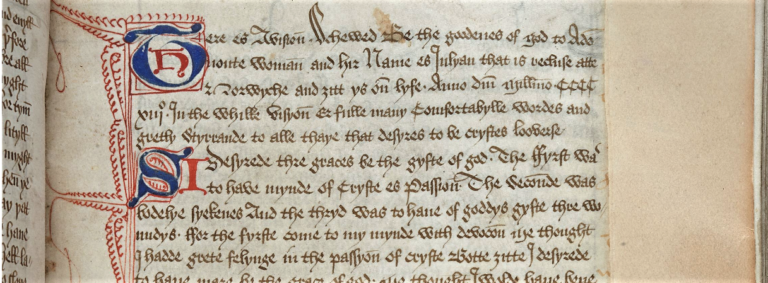

Julian of Norwich now has a new audience, and it really doesn’t matter if, like me, you have little, if any, religious interest or understanding. I lokid there upon with eye of my understondyng and thowte, What may this be? And it was generally answered thus: It is all that is made.” He shewed a littil thing the quantitye of an hesil nutt in the palme of my hand, and it was as round as a balle. Here’s how it was first written: “In this same time our Lord shewed to me a ghostly sight of his homely loveing. Professor Windeatt has done a fine job of translating and annotating the work, but there is a case for a parallel text here: the original Middle English is not that difficult and it has a beauty that a modern idiom can’t fully reproduce. I have only one complaint, but it is a large one. It is not an unappealing one, especially considering the violently apocalyptic scenes that occur in other revelatory texts. Time and again the message is that we should turn to God as a hurt or frightened child should run to its mother.

This is the general tenor of the revelations, despite the concentration on superficially gruesome detail such as the blood that flows from the crown of thorns (“And as for the roundness of the drops, they were like herring scales” – Julian’s words this time, her imagination bringing the text to life and showing us the workings of the medieval mind). He is telling her that while it’s true that sin is the cause of all the pain in the world, she should not worry: it’s going to be all right. She is, after all, the author of the first work in English identifiably written by a woman, which includes such resonant lines as “All shall be well, and all shall be well, and all manner of thing shall be well” (words lifted by TS Eliot for his poem “Little Gidding”).Īccording to the vision, these are Jesus’s words, not hers. She called herself “a simple creature that cowde no letter” (that is, illiterate), but that must be taken as a declaration of extreme modesty.


All we know about Julian of Norwich, beyond what she tells us in the text, is that she was a contemporary of Chaucer and that “Julian” was the saint’s name of the church she was attached to – literally so: as an anchoress, she was walled up in a cell built on to the church, with food and drink brought to her.


 0 kommentar(er)
0 kommentar(er)
